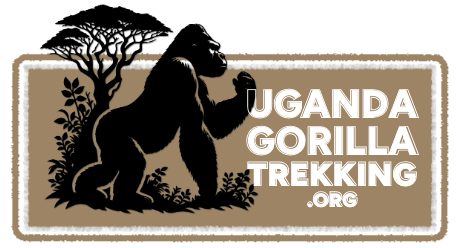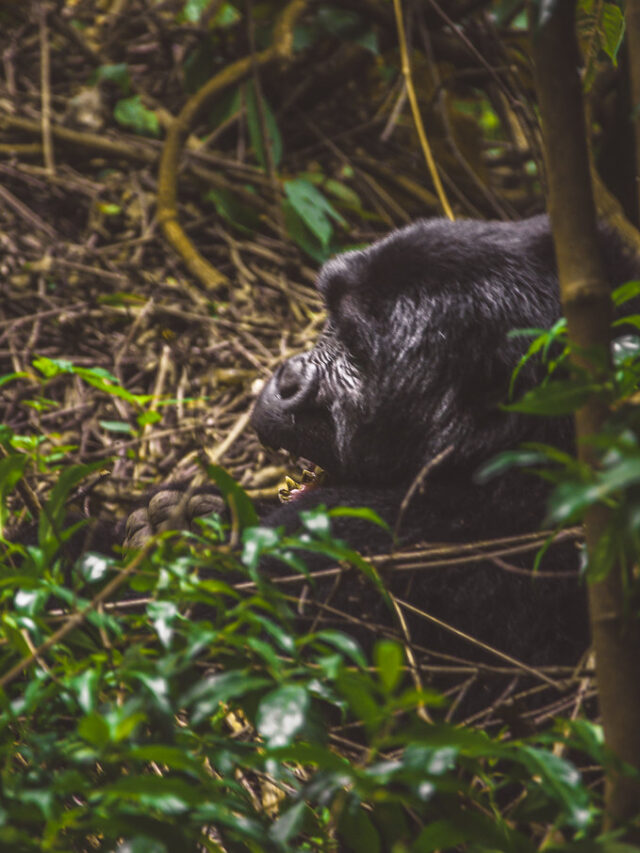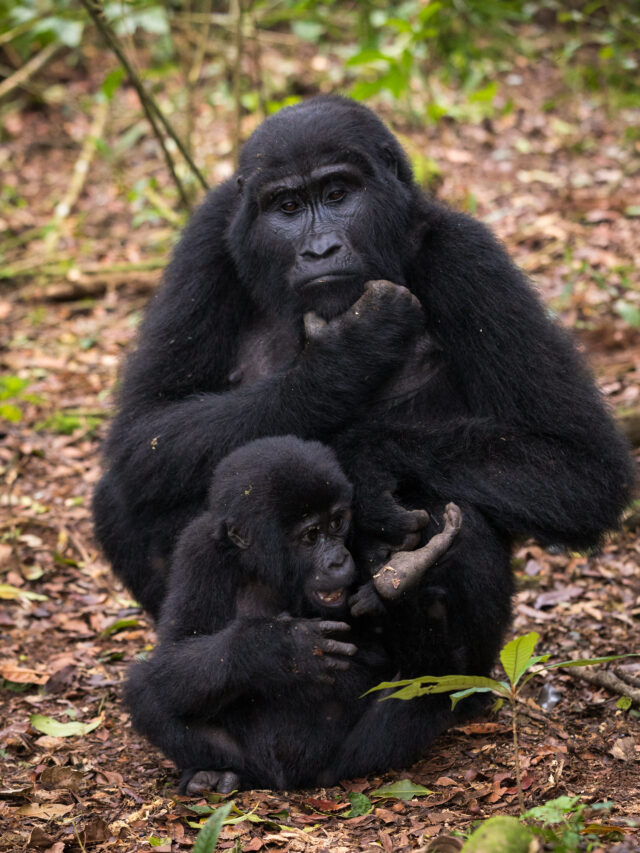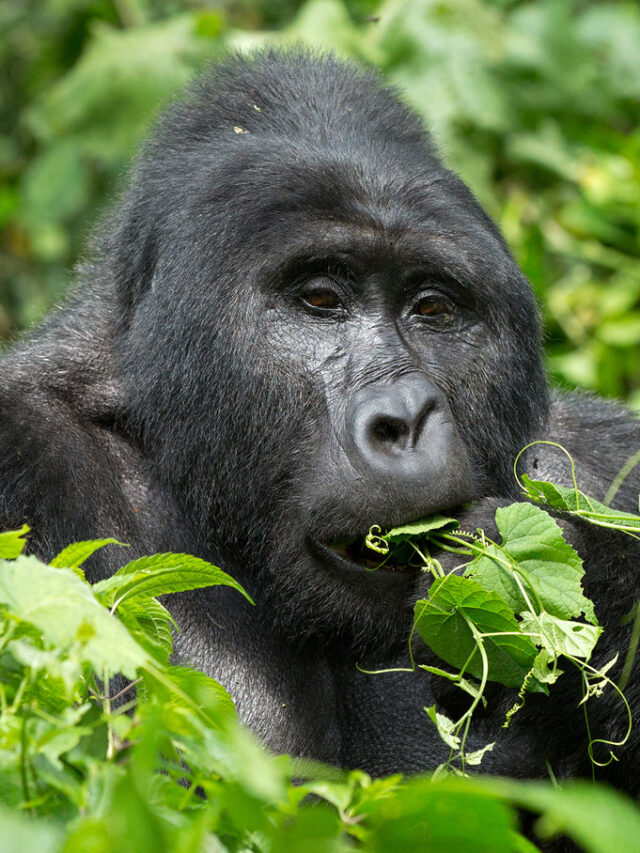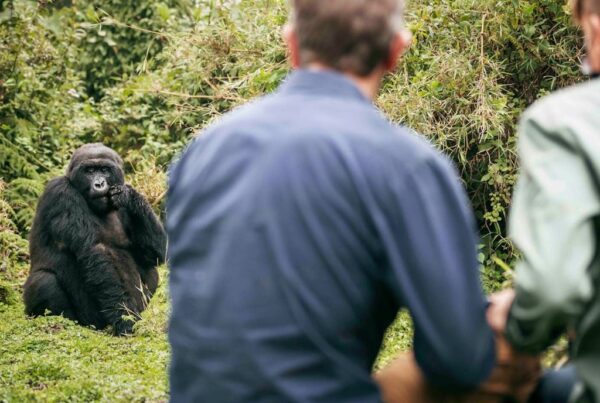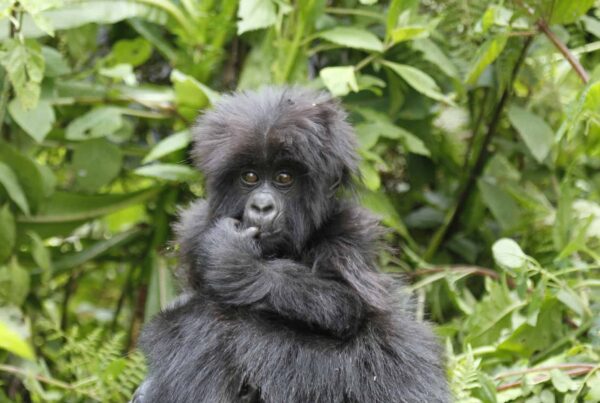Uganda Primate Safaris: Journey Into the Forests Where We First Belonged
More Than a Safari—It’s a Return to Our Origins
Uganda Primate Safaris — There are safaris that show you the world. Then there are safaris that show you yourself. A Uganda primate safari is the latter. It’s not just about seeing wildlife—it’s about entering ancient forests where the air still holds the breath of our shared ancestry, where the gaze of a gorilla makes you forget everything else, and where every rustle in the canopy draws you closer to something deeply human.
In Uganda, primate safaris aren’t confined to a single park or moment. They are scattered like sacred footsteps across the western arc of the country—Bwindi, Kibale, Mgahinga, Budongo, Kalinzu, Kyambura—each forest echoing with the calls of chimpanzees, the silent watchfulness of colobus monkeys, the golden flash of rare monkey species, and the thunderous chest beats of silverbacks hidden in the mist.
This is a journey not just into the wild—but into the soul of what connects us.
Where the Journey Begins: In the Shadows of Bwindi
Everything seems to lead to Bwindi Impenetrable Forest, a name that stirs mystery and reverence. And rightly so. This is the beating heart of gorilla trekking in Uganda, home to more than half of the world’s remaining mountain gorillas. Trekking here is no stroll—it’s a pilgrimage. A physical, emotional, and spiritual ascent into the ancient kingdom of the gorillas.
You start early, walking through tangled vines and quiet earth, until the forest reveals its secret. You meet a gorilla family, nestled in dappled light. Maybe a juvenile swings past, curious. The silverback, immense and composed, stares into your eyes. The mothers groom their young with care. It is silent, except for breath, and birdsong, and the overwhelming feeling that this is a place where the human story still echoes.
You only get an hour. But it stays with you forever.
Kibale Forest: A Symphony of Chimpanzees and Canopy Life
If Bwindi is the place of gorillas, then Kibale National Park is the vibrant theater of chimpanzees. With the highest density of wild chimps in East Africa, Kibale offers an unmatched opportunity to observe these close relatives in their natural world—and to hear the calls that once shaped our own evolution.
You’ll walk with expert trackers, following sounds through the undergrowth. The forest feels alive. And when you find them—laughing, drumming, feeding, grooming—it feels like watching a mirror of ourselves, only wilder, more instinctual, more present. You don’t just see chimps here. You hear their politics, feel their families, understand their moods.
If you’re lucky, and bold enough, you can do the Chimpanzee Habituation Experience—a full-day trek, following a family from nest to nest, learning their secrets not in moments, but in rhythm. It’s demanding, but deeply rewarding.
Golden Monkeys in Mgahinga: A Hidden Spark in the Mist
High up in the bamboo forests of Mgahinga Gorilla National Park, something else swings and sparkles—golden monkeys. Playful, elusive, and rare, these monkeys offer something light and bright amid the heavier stories of gorilla and chimp tracking.
You trek through bamboo thickets, led by guides who know their patterns, and when you find them—hundreds strong, leaping through trees—it feels like walking into a world painted in gold. They’re fast, funny, and beautiful. Unlike gorilla or chimp trekking, this feels more like being in the middle of a dance, fast-paced and joyful.
It’s a reminder that primates aren’t just wise—they’re wondrous.
Other Primate Encounters: Where the Forest Keeps Giving
Every forest in Uganda hides another species worth discovering. In Budongo, you can find black-and-white colobus monkeys flaring through tall mahogany trees, or blue monkeys and red-tailed monkeys bouncing along branches. In Kalinzu Forest, the early morning chimp treks come with fewer crowds but richer intimacy. And in Kyambura Gorge, known as the “Valley of Apes,” you descend into a lost world where a small group of isolated chimpanzees still survive, surrounded by vast savannah.
Uganda’s primate safaris aren’t defined by one experience. They are woven together across days and forests, each one revealing something new—not just about the animals, but about your own ability to be still, to observe, to wonder.
Why Uganda is Africa’s Primate Capital
There are few countries on Earth where you can see over 20 species of primates, many of them critically endangered, in one single trip. Uganda offers not only mountain gorillas and chimpanzees, but also golden monkeys, L’Hoest’s monkeys, De Brazza monkeys, olive baboons, and countless others. And the beauty is—each species is found in a unique habitat. No two treks are alike. No two forests feel the same.
But what makes Uganda even more special is the way it treats its primates—with deep conservation respect. Every gorilla trekking permit funds anti-poaching efforts, community development, and long-term habitat protection. Every visitor becomes part of the story—not just as an observer, but as a participant in their survival.
